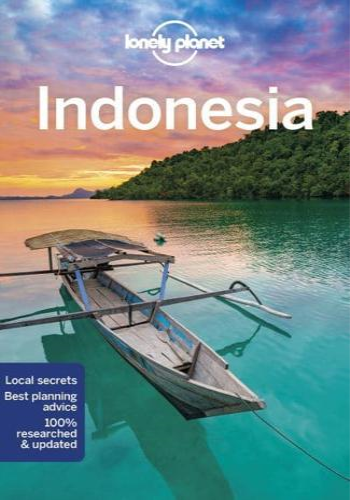In this intrepid and brilliant memoir, Emma Larkin tells of the year she spent travelling through Burma, using as a compass the life and work of George Orwell, whom many of Burma's underground teahouse intellectuals call simply "the prophet". In stirring, insightful prose, she provides a powerful reckoning with one of the world's least free countries. Finding George Orwell in Burma is a brave and revelatory reconnaissance of modern Burma, one of the world's grimmest and most shuttered dictatorships, where the term "Orwellian" aptly describes the life endured by the country's people. This book has come to be regarded as a classic of reportage and travel and a crucial book for anyone interested in Burma and George Orwell.







